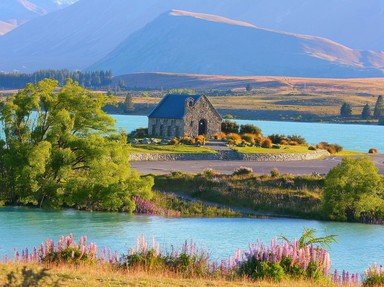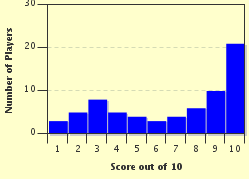Quiz Answer Key and Fun Facts
1. The first people to settle in New Zealand arrived from Polynesia. There is some scientific debate about the exact date of their arrival, but which of these dates would generally be accepted as being the closest to the time of that first settlement?
2. The sea between Australia and New Zealand is named after the first European to arrive. In 1642 he sailed up the Western coast of the New Zealand. What was his nationality?
3. The first person to circumnavigate New Zealand and make accurate maps was Captain James Cook. He named an area near his initial landing site after the member of his crew who first caught sight of land. What is that place called today?
4. On the 6th of February 1840 the most important document in New Zealand history was signed between representatives of the British Crown and about 40 Maori Chiefs. What is it called?
5. In 1840 the French sent 80 colonists to establish a settlement called Port Louis-Phillipe on the South Island. What is that settlement called today?
6. What New Zealand volcano erupted violently in 1886 killing approximately 120 people and destroying a major tourist attraction?
7. The first New Zealander to win an Olympic Gold medal did so in a swimming event at the 1912 Olympics in Stockholm. What was his very appropriate name?
8. What New Zealand City is known as the 'Art Deco Capital of the World' because so many buildings were reconstructed in that style after a major earthquake in 1931?
9. In 1951 New Zealand was in the grip of a major industrial dispute which lasted for more than 5 months. What sort of workers were involved in this standoff?
10. On the 10th of July 1985 the Greenpeace ship "Rainbow Warrior" was sunk by limpet mines attached to her hull while docked in Auckland. Two foreign agents were caught and pleaded guilty to the crime. What country did they come from?
Source: Author
patricck
This quiz was reviewed by FunTrivia editor
bloomsby before going online.
Any errors found in FunTrivia content are routinely corrected through our feedback system.

